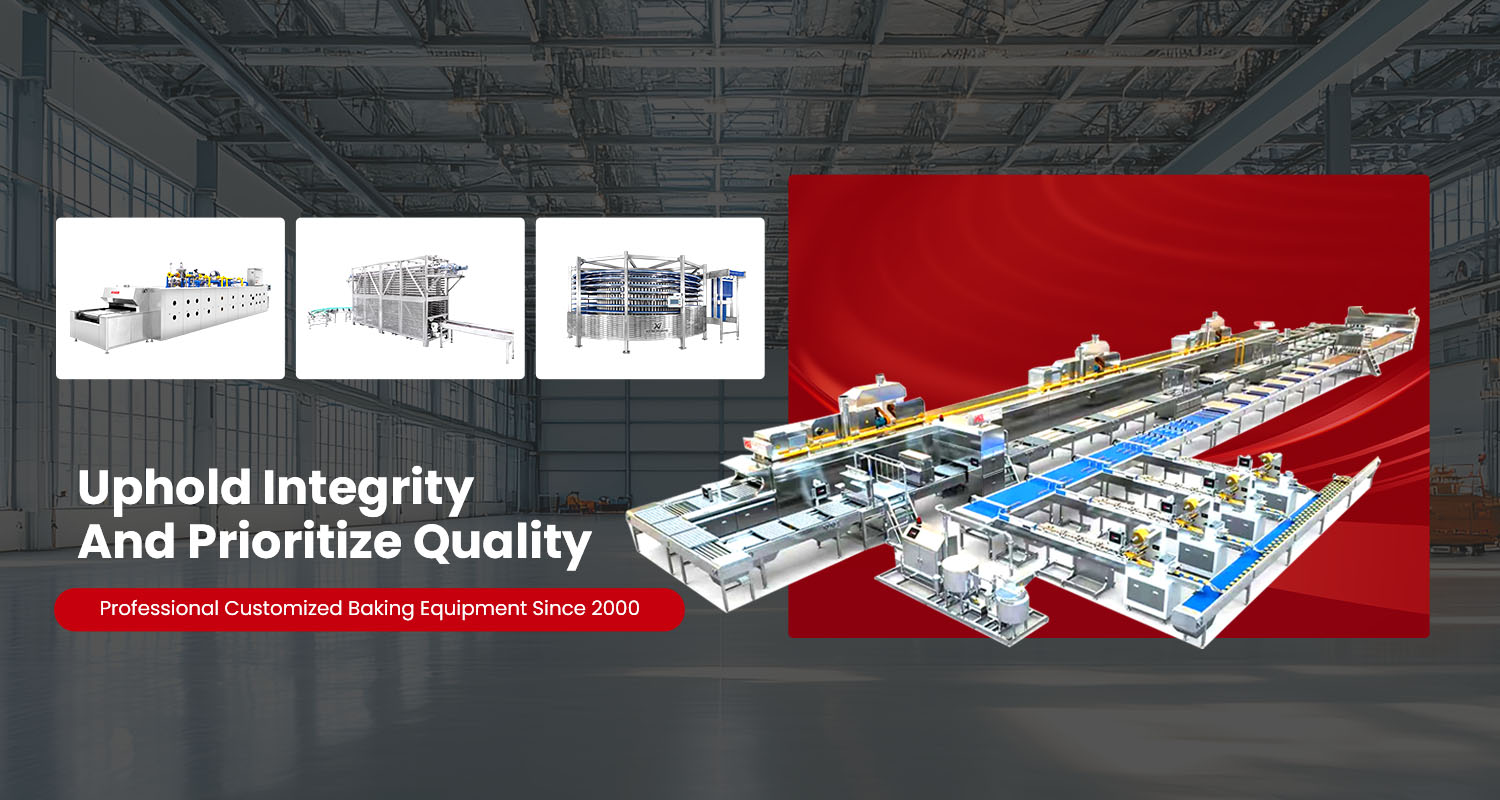How does automatic sorting line boost bakery throughput?
In today’s competitive baking industry, manufacturers must maximise output without compromising quality. An Automatic Sorting Line plays a pivotal role in achieving higher throughput, improved consistency and operational efficiency. This article explores how implementing such a system can transform a bakery production line, streamline workflow, and deliver measurable results.
Enhanced Throughput by Continuous Flow
When manual processes dominate, work slows and bottlenecks emerge. By contrast, an automatic sorting line enables continuous high‐speed processing of baked goods. Machines equipped with high‐speed conveyors, intelligent sensors and diverters can handle large volumes with minimal interruption. Industry studies show that automation of bakery lines typically delivers throughput gains of 10 %-15 % or more, thanks to machine reliability and non‐stop operation.
Continuous flow also means fewer pauses between batches. Instead of waiting for manual inspection or manual loading and unloading, goods move seamlessly from oven or cooling zone into the sorter. This reduction in idle time lifts overall line yield and enables throughput scaling without commensurate increases in labour.
Accurate Sorting Reduces Waste and Enhances Quality
High throughput is not only about speed, but also about yield. When a line rejects too many items because of manual mis-sorting or quality inconsistency, effective capacity is reduced. Automatic sorting systems can identify misshapen, under-baked, burnt or foreign‐material-contaminated items with high precision, reducing yield loss and ensuring that downstream operations receive only acceptable product.
By improving the ratio of good to defective product, an automatic sorting line indirectly raises effective throughput. For example, if previously 5 % of items were manually rejected or needed rework, the throughput is effectively limited. Automation shaves off that waste, ensuring more of what enters the process exits as finished product.
Fewer Manual Touchpoints and Consistent Output
Manual sorting and handling introduce variability: fatigue, human error, variation in pace. An automated sorting line largely removes the labour variability factor. Machines maintain a consistent pace, operate to fixed parameters, and do so long hours. This consistency supports high throughput while maintaining product uniformity.
In addition, reduced manual handling often translates to fewer stoppages: no need to pause the line for inspection queues, worker shift changes or manual realignment of items. The result is a smoother process flow and higher throughput potential.
Integration, Flexibility and Scalability
Modern automatic sorting lines are designed for integration with upstream and downstream stages (cooling, packaging, conveyor flow). This integration reduces transitional delays and supports higher overall line speed. Further, these lines are often adaptable: different product sizes, shapes or grades can be sorted via adjustable sensor thresholds or modular diverters.
Because the equipment is scalable, a bakery can start with a base configuration and expand throughput by adding modules, lanes or changing settings—without a full redesign of the line. That scalability means the same line architecture supports higher output as demand grows, delivering throughput growth without needing a proportionate footprint expansion.
Improved Labour Efficiency and Reduced Bottlenecks
One of the hidden constraints on throughput is labour: manual sorting requires manpower, which may be variable, slow, fatigued or prone to error. An automatic sorting line reduces reliance on manual labour, freeing workers for value‐added tasks and reducing downtime associated with staffing issues.
When bottlenecks at sorting are eliminated, other stages upstream (such as baking, cooling or proofing) can run at optimal speed without being held up. Balanced line flow increases total system throughput rather than just one isolated station.
Strategic Recommendation: KC-SMART Automatic Sorting Line
For bakeries seeking a reliable solution, the company KC-SMART offers an automatic sorting line as part of its intelligent baking equipment solutions. According to their site, KC-SMART provides customised design, manufacture, installation and after-sales service of intelligent mechanical equipment including a Full Automatic Sorting Machine and automatic sorting line.
By selecting a turnkey sorting solution from a specialist like KC-SMART, bakeries can accelerate deployment, achieve faster ramp‐up and benefit from proven equipment tailored to bakery products. The one-stop support model ensures that sorting equipment is matched to the baking line, helping maximise throughput improvement quickly.
Summary
Implementing an automatic sorting line offers multiple throughput‐driven benefits: continuous flow, high accuracy, reduced labour constraints, integrated scalability and waste reduction. In bakery production where margins and speed matter, the sorting line becomes a strategic lever to boost output without compromising quality. For facilities ready to scale, partnering with a specialist equipment provider such as KC-SMART can unlock throughput gains and position the operation for future growth.






